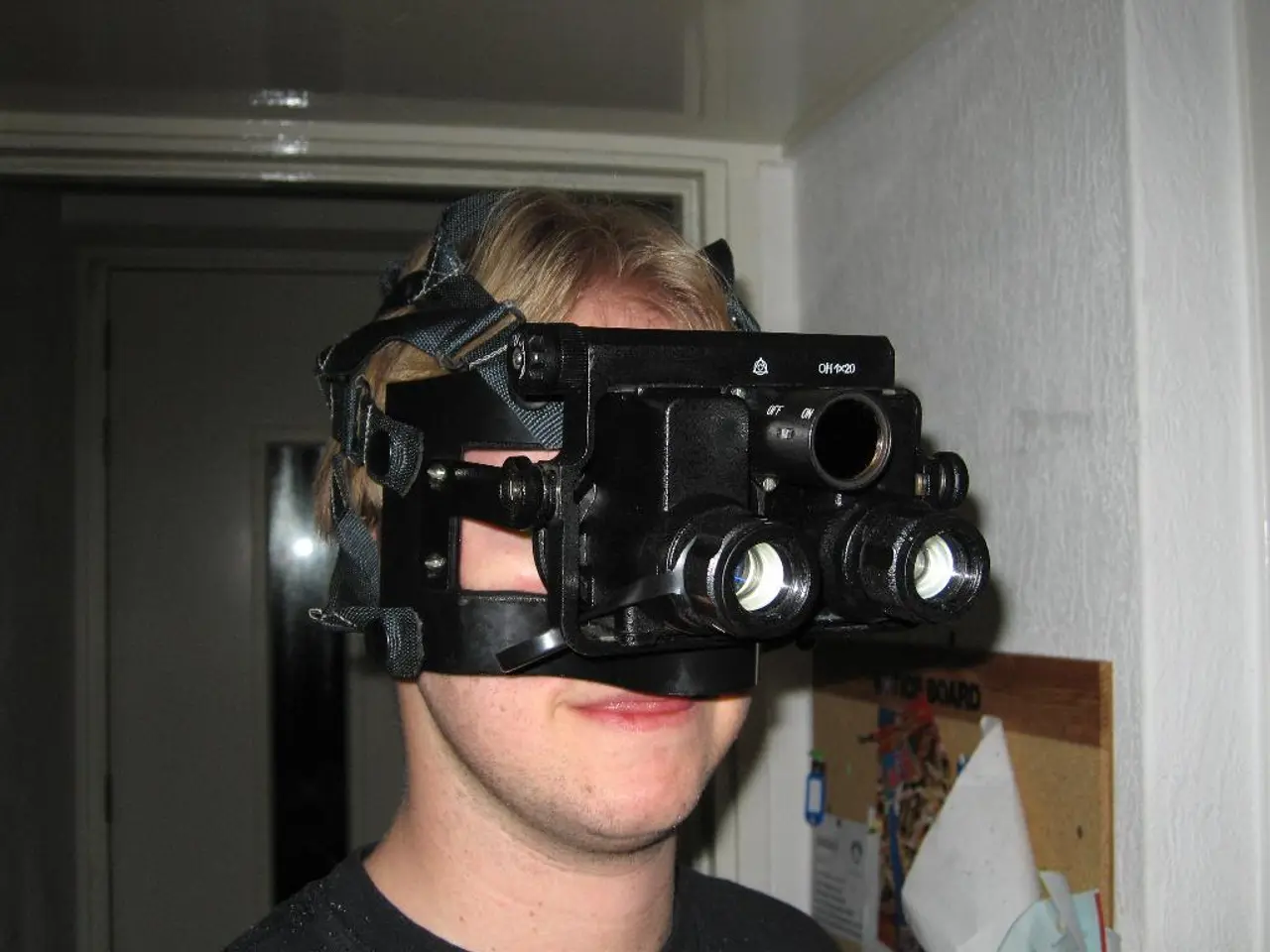Advancements in Virtual Reality and Neural Structural Rebuilding
In the world of healthcare, innovation is driving significant changes, particularly in the field of neurorehabilitation. One technology at the forefront of this revolution is Virtual Reality (VR), which is proving to be a powerful tool in promoting cortical reorganization – the brain's ability to adapt and form new neural connections.
VR, an immersive digital environment, allows users to interact with realistic simulations using specialized equipment like VR headsets, motion trackers, and haptic gloves. This technology is transforming neurorehabilitation, offering personalized and effective treatment options for patients with various neurological conditions.
By providing multi-sensory stimulation, VR encourages patients to engage their visual, auditory, and tactile senses simultaneously. This stimulation promotes cortical reorganization, activating motor pathways and mirror neuron systems. For instance, in stroke rehabilitation, VR mirror therapy displays movements of an intact limb to stimulate the affected side, enhancing cortical activity and integration.
The integration of AI and machine learning is further enhancing VR's capabilities, enabling the creation of adaptive, personalized VR experiences tailored to each patient's needs. This tailoring is crucial, as ensuring the safety and comfort of patients is paramount, and ongoing research is necessary to fully assess the long-term effects of VR in neurorehabilitation.
Real-time biofeedback and brain-computer interfaces (BCIs) are complementing VR, providing instant feedback and precise neural activation. These innovations are particularly beneficial in promoting cortical reorganization, as they allow for continuous adjustment of the VR environment to match the patient's progress.
VR-based interventions are not limited to motor recovery. They also promote cognitive recovery through integrated training modalities, such as improving gait while stimulating attention, memory, and visuospatial processing. This feedback-driven, task-specific adaptation supports cortical reorganization by reinforcing sensorimotor and prefrontal mechanisms.
The benefits of VR extend beyond motor function to cognitive and emotional domains. Meta-analyses show VR interventions significantly improve cognitive function and reduce depressive symptoms in brain injury patients, likely due to the immersive, multisensory environment enhancing neuroplasticity and emotional engagement.
Applications of VR and cortical reorganization span a wide range of neurological conditions, including stroke, traumatic brain injury, cerebral palsy, autoimmune neurological diseases, and neurodegenerative diseases such as Alzheimer's and Parkinson's. Early and intensive VR-based rehabilitation helps maximize functional recovery and reduce long-term disability by fostering cortical and functional reorganization.
However, the cost of high-quality VR hardware can be prohibitive, limiting access for many patients. Despite this challenge, the future of VR in brain rehabilitation looks promising, with the integration of AI, real-time biofeedback, and personalized therapies expected to make VR even more effective.
In conclusion, VR is a modern, adaptable tool providing immersive, task-specific environments that drive cortical reorganization through multisensory feedback and motor-cognitive integration. This mechanism facilitates recovery by promoting neuroplasticity, improving motor functions, cognitive capacities, and psychological well-being across diverse neurological conditions in neurorehabilitation settings.
- The integration of Artificial Intelligence and machine learning in Virtual Reality (VR) technology is enabling the creation of personalized VR experiences that cater to each patient's specific medical-conditions and health-and-wellness needs.
- Neurological-disorders, such as stroke, traumatic brain injury, cerebral palsy, and neurodegenerative diseases like Alzheimer's and Parkinson's, are benefiting from VR-based therapies and treatments, as they encourage cortical reorganization and foster functional recovery.
- Gadgets like VR headsets, motion trackers, haptic gloves, brain-computer interfaces (BCIs), and other technologies play a significant role in promoting health-and-wellness by offering innovative solutions to various medical-conditions and neurological-disorders, ultimately improving health-and-wellness outcomes for patients.




